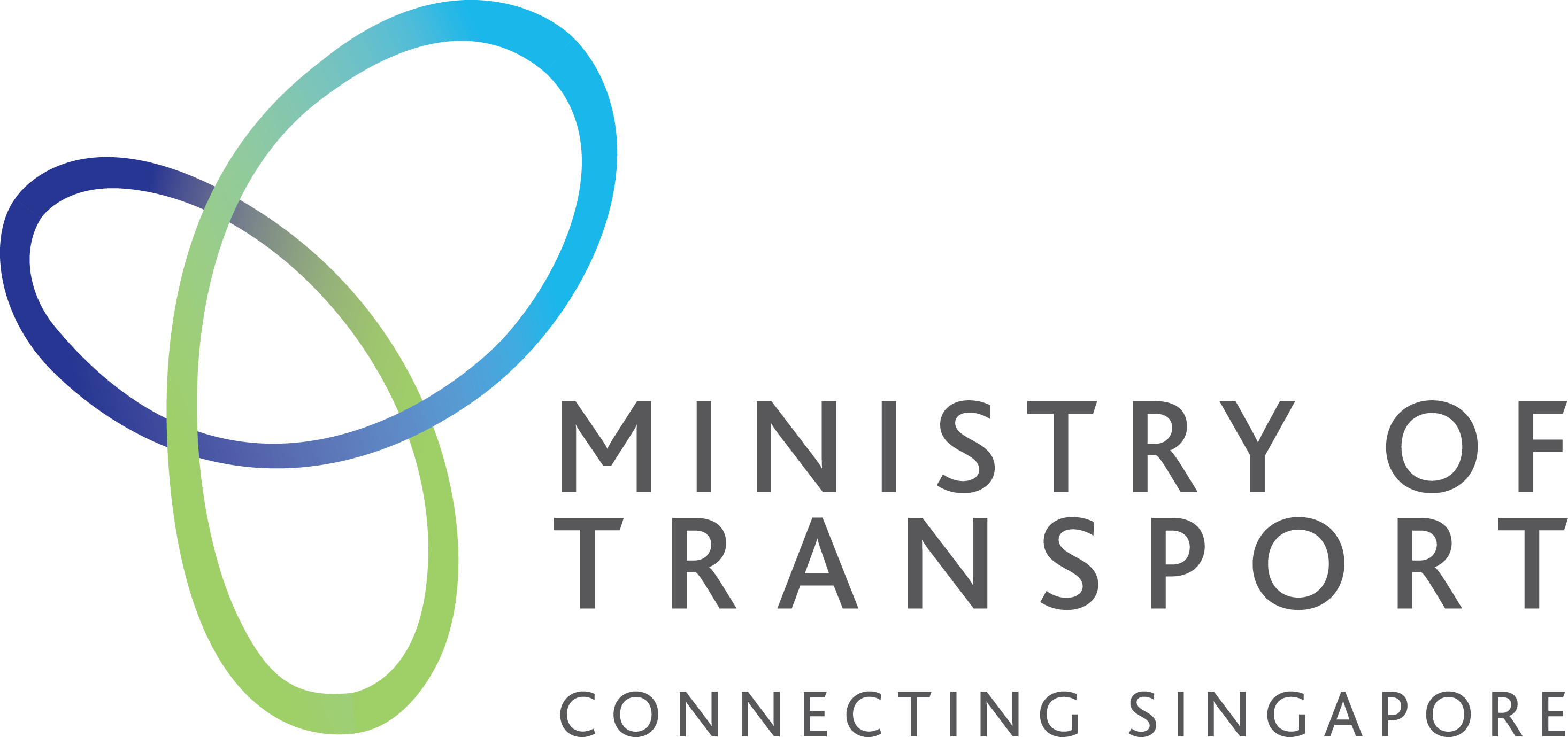Parliamentary Ministerial Statement by Minister for Transport, Mr S Iswaran
9 January 2023
This article has been migrated from an earlier version of the site and may display formatting inconsistencies.
“Safe and Orderly Restoration of Singapore’s Air Connectivity”
1. Thank you, Mr Speaker. Further to the Minister for Health’s statement, I will now elaborate on the approach my Ministry has adopted to continue the safe and orderly restoration of Singapore’s air connectivity. My statement will also address Oral Question Number 4 by Mr Melvin Yong in today’s Order Paper.
Aviation Recovery; Protecting Workers, Travellers, Community
2. Let me start with where we are in our aviation recovery.
3. Over the past one and a half years, the Ministry of Transport (MOT) and the Civil Aviation Authority of Singapore (CAAS) have worked closely with the Ministry of Health (MOH) on a cautious and calibrated approach to re-opening our borders. We commenced and progressively launched, as Members recall, about 30 Vaccinated Travel Lanes (VTLs) over a period of six months, from September 2021, with a comprehensive set of safeguards including vaccination and testing requirements. With the experience gained from these VTLs, we established the Vaccinated Travel Framework in April last year, which removed quarantine and testing requirements for all fully-vaccinated travellers.
4. Throughout this process, our top priority has been protecting the health of our aviation workers, travellers and the broader community. We work closely with the Ministry of Health to monitor the evolving global COVID-19 situation, and implement enhanced measures as necessary. For example, with the recent rise in cases globally, we have stepped up our Personal Protective Equipment (PPE) requirements for all airport workers performing passenger-facing and janitorial duties. The Changi aviation community stakeholders are also making a concerted push and ensure airport workers are well protected by keeping their vaccination up to date. Apart from vaccination centres islandwide, they can now also get their booster shots at the newly established facility at the Raffles Medical Group clinic at Terminal 3. As of now, almost 100% of the workers have attained minimum protection as defined by the Ministry of Health, and about half have up-to-date protection.
5. Our aviation community will stay vigilant, and stands ready to respond quickly should there be a material change in MOH’s risk assessment, such as the emergence of a new Variant of Concern (VOC). This is the new normal for aviation as we emerge from COVID-19.
Safe and Orderly Restoration of Air Connectivity with China
6. Mr Speaker, from the outset, we have also paced the resumption of flights to ensure that Changi Airport has the physical and operational capacity to support the anticipated flight and passenger flows. This has given our aviation stakeholders valuable lead time to build up their capacity, while recruiting and training their workforce. As China re-opens its borders, we will continue with this cautious approach to ensure that Changi Airport has the capacity to manage the ramp-up in flights, provide clarity and certainty to airlines, and ensure that passengers have a safe and smooth experience.
7. To date, average weekly passenger traffic at Changi Airport has recovered to about 80% of pre-COVID-19 levels. The number of weekly flights at Changi Airport has also recovered to nearly 80% of pre-COVID-19 levels.
8. As at end October 2022, we had 25 weekly flights between China and Singapore. As both sides gradually increased flight connectivity, this rose to 36 weekly flights around mid-December 2022. At present, there are 38 weekly flights between China and Singapore, which includes two recently approved flights to Beijing. This works out to an average of five to six flights per day at Changi. To put this in context, it is less than 10% of the number of flights pre-COVID between China and Singapore, which is about 400, and about 1.5% of the total flights handled by Changi today.
9. We receive between 700 and 1,000 inbound passengers from China daily, which is about 1% to 1.5% of the total daily arrivals at Changi; this is less than 10% of pre-COVID levels. More than 60% of travellers from China are Singapore Citizens (SC), Permanent Residents (PR), and Long-Term Pass Holders (LTPH).
10. We welcome China’s recent moves to restore quarantine-free travel with the rest of the world. Singapore enjoys longstanding and multi-faceted relations with China. It is in the interest of both our countries to restore our air connectivity in a safe and orderly manner.
11. After China’s recent announcement that it will reopen its borders and remove quarantine requirements for returning travellers with effect from yesterday, Singapore and Chinese airlines have applied to operate more flights between the two countries. CAAS is evaluating and will progressively approve these applications. As with other countries previously, we will carefully restore air connectivity with China, taking into consideration the prevailing public health assessment as well as Changi’s capacity, so that we can ensure efficient operations and a safe and smooth travel experience.
Conclusion
12. In summary, Mr Speaker, we will continue to adhere to our careful and calibrated approach in the reopening of our borders, and restoration of air connectivity with China. This measured approach has enabled a safe and orderly resumption of Singapore’s air connectivity with the world, while we monitor the outcomes and evolving public health situation, assess the operational impact, and decide on further moves. It has allowed Changi to manage the recovery relatively well, while making it possible for Singaporeans and residents to travel again for work, leisure and to see loved ones. It has also spurred the economic recovery of our tourism-related sectors as well as consumer-facing industries, and the professional services. The aviation community in Changi remains vigilant and is prepared to respond quickly if there are material changes in the operating environment. At all times, our priority is to protect the health of our aviation workers, travellers, and the broader community.
